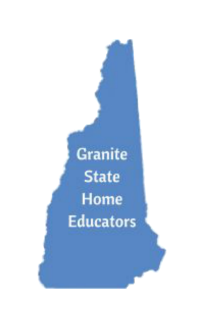Occasionally we published guest editorials. This one is written by Amber Nicole Cannan, independent educator and director of Unchartered in Manchester.
The school systems are designed to facilitate the average student in a normal classroom in your standard school to average performance. Average is a good thing.
The goal for Learn Everywhere is to grant students documented credits for completing and thriving in programs like FIRST, Unchartered.org, and Girls at Work. If these programs become credentialed and can document student progress with the subject matter students should be able to free up their schedule to take classes in areas where the standard education model is more efficient for them.
Sometimes this system we set up needs assistance outside of the general design. We have programs assisting the learning disabled, the physically challenged, and the economically under-resourced. Some students are fully capable of learning, but don’t do well in a “normal” classroom setting. A student may not learn geography well in a classroom with written tests and didactic teaching methods but perform exceptionally well in a Mock UN- drawing the story behind country borders and economic ties.
FIRST, founded and headquartered in New Hampshire, has a number of documented case studies demonstrating similar achievement. Students who state a previous lack of interest in math and science become enamored and quite successful when placed in a competitive environment of peers.
I see this in my own Manchester based business, Unchartered.org. We combine art and science in after-school programs and in school enrichment. We use the art to communicate the science, removing stress and pressure sometimes associated with STEM fields. Students then explore the concepts outside of the classroom and communicate their learning back to me, as the teacher, or to their parents.
Programs like Girls at Work, also founded in New Hampshire, teach abstract concepts like self-confidence, leadership and independence. Lesson plans for those concepts are inherently non-concrete. Girls at Work also teaches geometry, physics, engineering and the trade of woodworking, which are standard education subjects, but the abstract concepts are harder to achieve in a standard classroom setting. The individuals who go through the Girls at Work program are exceptional society members who give back to their community. They have real-life, physical, sit-upon-able results from the education they receive. A program like Girls at Work should receive geometry, engineering and woodworking credits.
Lastly, as a competency-based state, a program like Learn Everywhere fits in to our core education models. Written tests do not always reflect a true understanding of subject material, rather, it often reflects the student’s test taking stress coping mechanisms. Giving students and parents the ability to choose individual programs to enhance their student’s education, either in areas they struggle or simply wish to explore further will make our state stronger and more creative.
by Amber Nicole Cannan

